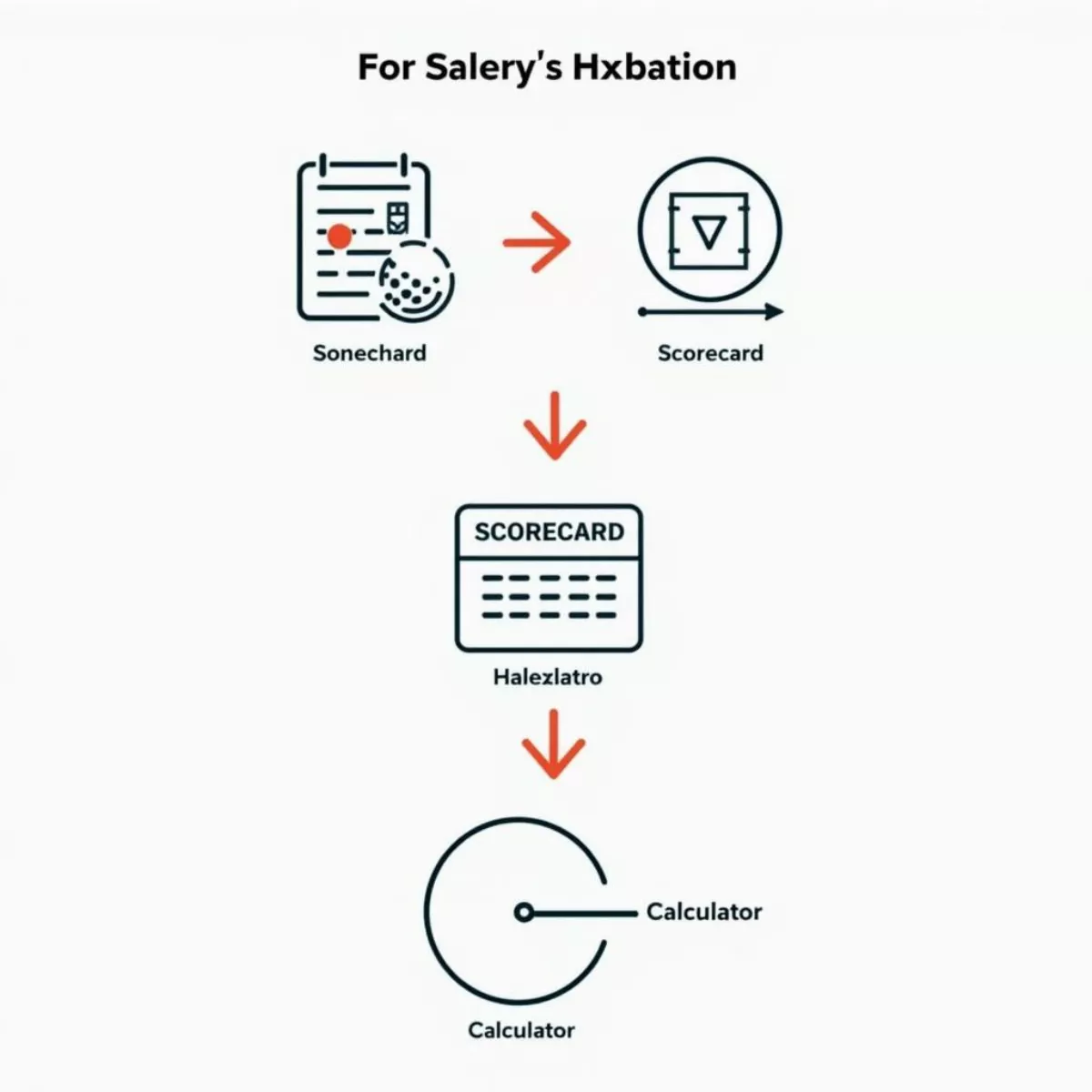If you’ve recently finished a round of golf and your scorecard reads 105, you may be wondering what that means for your golf handicap. Understanding your golf handicap is essential for gauging your skill level and competing with others fairly. This guide will walk you through the intricacies of golf handicaps, how to calculate yours, and what it signifies in the golfing community.
What Is a Golf Handicap?
A golf handicap is a numerical measure of a golfer’s playing ability. It allows players of different skill levels to compete against each other on a level playing field. The lower the handicap, the better the golfer. Essentially, your handicap is an average of your recent rounds adjusted for the difficulty of the course you’re playing.
Key Components of a Golf Handicap
- Course Rating: This is the expected score for a scratch golfer (a player with a zero handicap) under normal conditions.
- Slope Rating: This measures the difficulty of a course for a bogey golfer (a player with a higher than average handicap) compared to a scratch golfer.
- Adjusted Gross Score (AGS): Your score after considering any maximum score for each hole (Equitable Stroke Control).
The Equation
To find your golf handicap, you can use this formula:
[ text{Handicap Index} = left( frac{text{Adjusted Gross Score} – text{Course Rating}}{text{Slope Rating}} right) times 113 ]
113 is the standard slope rating for an average golf course.
How to Calculate Your Golf Handicap
Step-by-Step Example
- Find Your Adjusted Gross Score:
- Let’s assume your raw score is 105.
- If your course has a maximum score on each hole (i.e., Equitable Stroke Control), you may adjust your score accordingly. For simplicity, we’ll use 105 as your AGS.
- Identify the Course Rating and Slope Rating:
- Example Course Rating: 72
- Example Slope Rating: 130
- Plug the Numbers into the Formula:
- Handicap Index = [ (105 – 72) / 130 times 113 ]
- Handicap Index = [ 33 / 130 times 113 = 28.5 ]
Your handicap index would be approximately 28.5. This means you could be considered a golfer who typically plays about 28.5 strokes over par on an average course.
 Calculating Golf Handicap
Calculating Golf Handicap
Understanding Your Handicap
- A handicap index of 28.5 means you can expect to shoot around 100.5 on a par 72 course.
- For practical purposes during play with others, your course handicap will depend on the specific course you’re playing, which can be calculated using the course rating and slope rating.
Why Is Your Golf Handicap Important?
Leveling the Playing Field
The main advantage of having a golf handicap is that it allows golfers of different skill levels to compete fairly. If a beginner plays against a more experienced golfer, the handicap system bridges the gap by allowing the beginner to receive strokes during the game.
Setting Personal Goals
Your handicap also serves as a great measuring stick for improvement. As you practice and become more proficient, your handicap will ideally decrease, indicating that you are becoming a better golfer.
 Golfers Competing Fairly
Golfers Competing Fairly
Tips for Lowering Your Golf Handicap
If you’re aiming to lower your handicap from that 105 score, consider these key tips:
- Practice Regularly: Focus on driving, chipping, and putting.
- Get Professional Coaching: Consider taking lessons from a pro to improve your swing.
- Play More Rounds: Increasing your playtime allows for practice under more diverse conditions.
- Analyze Your Game: Keep track of which parts of your game are costing you strokes.
- Join a Golf League: Competing against others helps to elevate your game.
Key Takeaways
- A golf handicap allows golfers of different abilities to compete fairly.
- To calculate your handicap, use the formula involving your Adjusted Gross Score, Course Rating, and Slope Rating.
- Regular practice and analysis of your game can help lower your handicap over time.
 Golfer Analyzing Scorecard
Golfer Analyzing Scorecard
Frequently Asked Questions
1. What is a good golf handicap?
A good golf handicap varies by competition level. Generally, a handicap below 10 is considered very good, while a handicap above 20 may indicate a beginner or less experienced player.
2. Can my golf handicap change?
Yes, your handicap can change after each round you play based on your performance and the new scores you submit.
3. How often should I check my handicap?
It’s advisable to check your handicap regularly, especially after playing rounds that will significantly impact your scoring.
4. What does it mean to have a negative handicap?
A negative handicap indicates exceptional skill. These players often shoot below par consistently.
5. How is a course slope rating determined?
The slope rating is determined by the USGA (United States Golf Association) and is calculated based on the course’s difficulty for average players versus scratch players.
6. Is my golf handicap the same everywhere?
No, a course-specific handicap may differ due to variations in course ratings and slope ratings.
7. How can I get my golf handicap recognized?
You can track your scores through a local golf club or through services that provide official handicap tracking.
8. Is there a maximum growth limit in handicaps?
Generally, yes. Handicaps are designed to reflect a golfer’s current skill level without inflating scores over time through poor performance.
In conclusion, understanding your golf handicap is crucial for elevating your game and enjoying the competition. Whether you’ve just shot a 105 or are aspiring to improve your score, this guide has provided you with the foundational knowledge to navigate the world of golf handicaps.
Happy golfing, and may your scores improve!